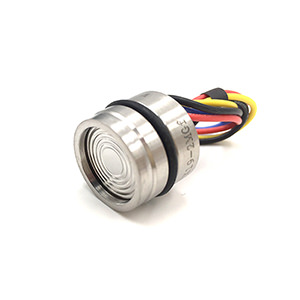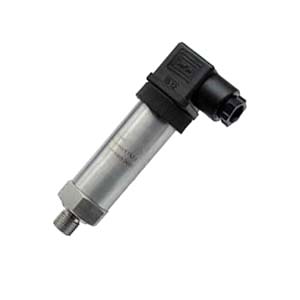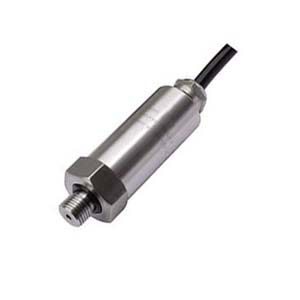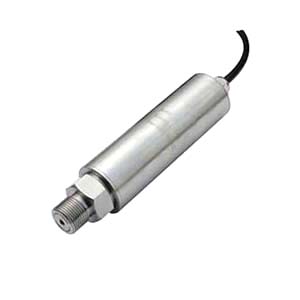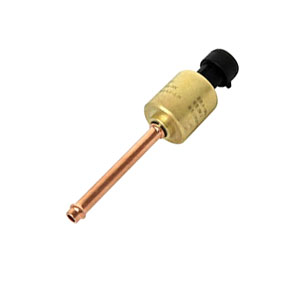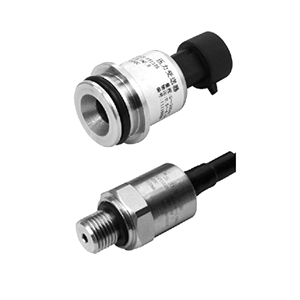Repeatability refers to a sensor’s ability to provide consistent measurements under the same conditions over time.
A pressure sensor with good repeatability will provide similar readings each time the same pressure is applied, with minimal variation. Repeatability has a significant impact on all aspects of a pressure sensor’s performance.
What is repeatability for pressure sensor?
Pressure sensor repeatability refers to the sensor’s ability to provide consistent measurements under the same conditions over time.
A sensor with good repeatability will give you similar readings each time you apply the same pressure, with minimal variation between measurements.
Repeatability is important for measurements that need to be consistent over time. If a sensor has poor repeatability, the readings will vary unpredictably even under unchanged conditions. This makes it difficult to detect actual changes in pressure.
Normally, repeatability has been typically listed as a percentage of full scale or parts per million (ppm) in the sensor’s datasheet.
Lower numbers mean better repeatability.
- Values below 1% are considered good
- Value below 0.5% is excellent repeatability
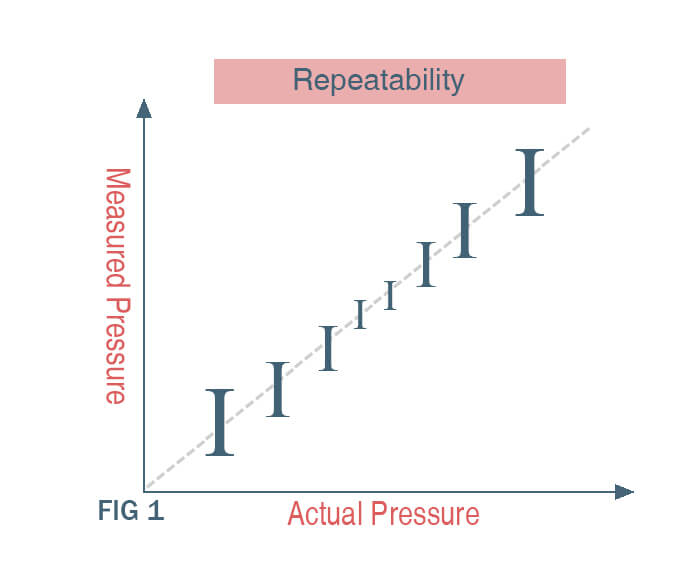
What is difference between repeatability and hysteresis?
Repeatability and hysteresis are two related but distinct concepts for pressure sensors:
Repeatability refers to how consistent a sensor’s readings are when the same pressure is applied multiple times. It indicates the sensor’s stability and ability to provide the same measurement under unchanged conditions.
Hysteresis is the difference in a sensor’s readings when the pressure is increased versus when it is decreased. It measures the lag or memory effect in the sensor’s response.
Let’s put it in sample:
- Repeatability indicates a sensor’s stability for consistent measurements.
- Hysteresis reveals deviations in a sensor’s response characteristics.
- Poor repeatability leads to unpredictable drift and variations in readings over time that limit consistency.
- High hysteresis means the sensor will give different readings depending on the pressure history, reducing accuracy and creating measurement errors.
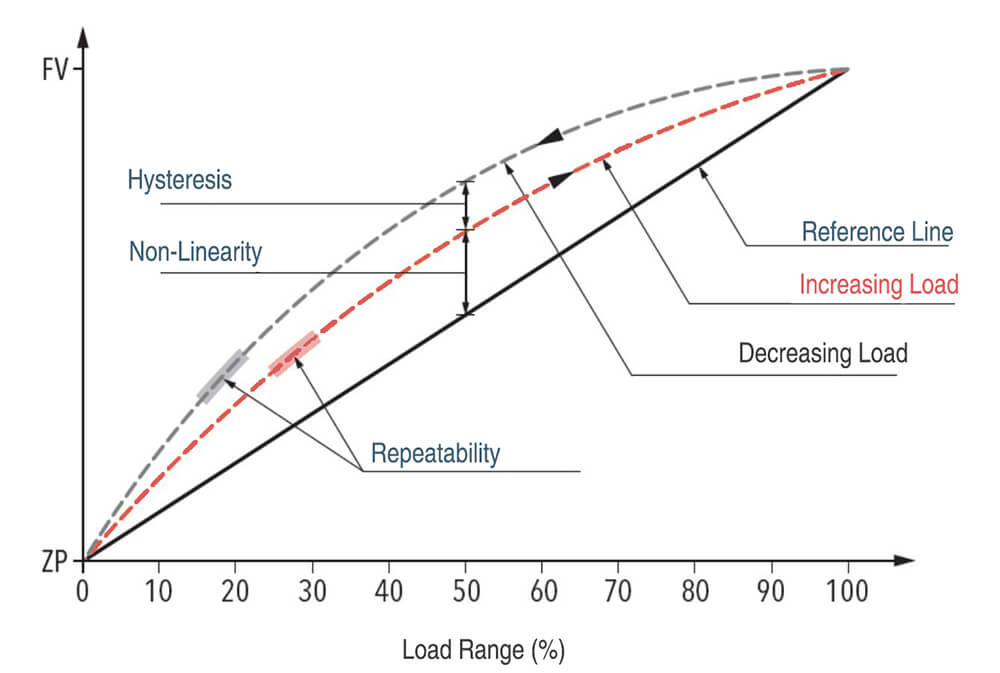
How repeatability affects pressure sensor performance?
Repeatability is a key performance factor in pressure sensors, as it impacts the accuracy and reliability of measurements. We’ve listed many aspects below to show how it affects pressure sensor performance:
- Accuracy: Repeatability is closely related to the accuracy of a pressure sensor, but it is not the only factor that makes up accuracy. On top of repeatability, hysteresis, and non-linearity also contribute to different error performances and finally consist of the meaning of pressure sensor accuracy.
Repeatability refers to the ability of the sensor to provide the same output under the same conditions over multiple cycles. A sensor with high repeatability will consistently provide the same reading every time the same pressure is applied. If the sensor’s repeatability is poor, the readings vary each time, leading to inaccurate measurements.
- Reliability: The reliability of a pressure sensor is also heavily dependent on its repeatability. A sensor that has high repeatability will deliver reliable pressure readings over a long period of time. In contrast, a sensor with low repeatability may provide inconsistent readings, which could lead to unreliable data and potential failure in the application it’s used in.
So when we talk about the most reliable pressure sensor, it definitely should have the performance of high repeatability.
- Calibration: High repeatability also simplifies the calibration process.
If the sensor’s output is consistent under the same conditions, it’s easier to map the sensor’s output to the actual pressure values. On the other hand, if the sensor’s repeatability is poor, the calibration process becomes more complex and may need to be performed more frequently.
- Lifecycle Costs: A pressure sensor with high repeatability can lead to lower lifecycle costs. These sensors are less likely to require replacement or frequent recalibration due to inconsistent performance, thus reducing the overall maintenance costs.
How do manufacturers ensure that pressure sensors have good repeatability?
When selecting a pressure sensor for a specific application, it’s important to consider the sensor’s repeatability alongside other specifications like range, accuracy, and hysteresis. The higher repeatability, the more reliability and stability you may get, so repeatability became one of the most important technical data when fabricating pressure sensors.
The manufacturer can employ several techniques to ensure their pressure sensors have good repeatability; in practice, Eastsensor always takes the below 3 techniques into consideration when designing and producing a pressure sensor.
- Tight manufacturing tolerances
Producing sensors with very small variations in dimensions, material properties, and electrical values is critical for repeatability. In Eastsensor we will:
- Strictly control the thickness of diaphragms and sensing elements
- Narrowly specify allowable resistance ranges for strain gauges
- Maintain tight limits on the dimensions of housings and ports
So finally, the smaller the manufacturing tolerances, the more consistent the sensor performance will be.
By optimizing the sensor’s materials, its repeatability can be greatly improved.
So we always choose materials that are stable, consistent, and resist degrading over time is important.
- Evaluate materials for hysteresis, creep, and other effects that cause drift
- Select casing metals that won’t corrode or react with pressure media
- Use sensing elements with low temperature coefficients for stability
Compensating for the sensor’s inherent sensitivity to temperature changes allows it to maintain consistent performance over a range of temps. Manufacturers will:
- Add temperature sensors near sensing element, for example: ESS319T
- Develop compensation algorithms based on sensor’s performance at different temps
- Integrate compensation circuitry to offset any temp-induced variance
Are there any sensors that have both high hysteresis and poor repeatability?
In practice, some pressure sensors can really have both high hysteresis and poor repeatability, it’s sad, especially for lower cost or lower grade sensors.
Some basic piezoresistive pressure sensors are among the simplest and cheapest pressure sensors, when they tend to have high hysteresis levels of 1-2% due to mechanical deformation, as well as poor repeatability of only 1-3%, such piezoresistive pressure sensor will cause obvious error and lead to poor performance.
On the other hand, sensors without compensation for factors like temperature have unstable performance, contributing to hysteresis and repeatability problems.
Sensors with issues like improper sealing, aging, material mismatches or excess mechanical stress can experience both hysteretic losses and lack of stability over time.
However, high-performance pressure sensors typically have both very low hysteresis (below 0.1%) and excellent repeatability (0.05%-0.1%). This includes many ceramic sensors, like ESS501I/V ceramic piezoresistive pressure sensor module, fully compensated sensors and those designed for precision applications.
How can I determine the appropriate repeatability requirement for my specific application?
There are a few factors to consider when determining the appropriate repeatability requirement for your pressure sensor application.
Here are the top 3 steps to determine the appropriate repeatability requirement for your pressure sensor application, below we explained in an accessible manner:
- Determine your system’s sensitivity to pressure variations
How much will small changes in the pressure readings affect your process or measurements? Applications that detect minor pressure fluctuations require higher repeatability, while less sensitive systems can tolerate lower repeatability.
For example:
- Monitoring for leaks – requires <0.1% repeatability
- Basic process control – 1-2% repeatability may suffice
- Threshold detection – needs repeatability better than your threshold tolerance
- Consider the precision and accuracy needs of your overall system
The repeatability of the pressure sensor should be at least 2-3 times better than the overall accuracy you require to ensure variations stay within acceptable error limits. More precise applications with tighter tolerances will demand higher repeatability sensors.
For example:
- 1% system accuracy → select sensor with <0.33% repeatability
- 1% system accuracy → sensor repeatability <0.05%
- Ensure the precision of your other components matches the sensor’s repeatability.
- Perform test measurements on your actual system
By monitoring variations in readings under constant pressure, you can determine an appropriate repeatability level for your specific application.
Steps include:
- Apply a stable pressure source
- Record sensor readings at regular intervals
- Calculate the standard deviation as a % of the full-scale range
This provides an empirical repeatability level for your system.
Take an example to clarify repeatability
A manufacturer produces a pressure sensor with a range of 0 to 100 psi. They specify the repeatability of this sensor as ±0.25% full scale. This means:
- The full scale range is 0 – 100 psi
- 25% of this 100 psi range is 0.25 psi
- Therefore, the specified repeatability is ±0.25 psi
What this means in practice is:
- If you apply a constant 50 psi pressure to the sensor multiple times, its readings should vary by no more than ±0.25 psi from one reading to the next.
- So the readings at 50 psi should fall between 49.75 psi and 50.25 psi to meet the specified repeatability.
- Any readings outside that 0.5 psi range (49.75 to 50.25 psi) indicate the sensor is not performing within its repeatability specification.
- 1% repeatability would correspond to ±0.1 psi variation at 100 psi, or a range of 99.9 to 100.1 psi.
The smaller the repeatability percentage, the tighter the range of acceptable readings at a given pressure. The lower the variation between readings at constant pressure, the better the repeatability.
So by specifying repeatability as a percentage of full scale, manufacturers can define an acceptable tolerance for measurement consistency across the sensor’s entire measuring range.

